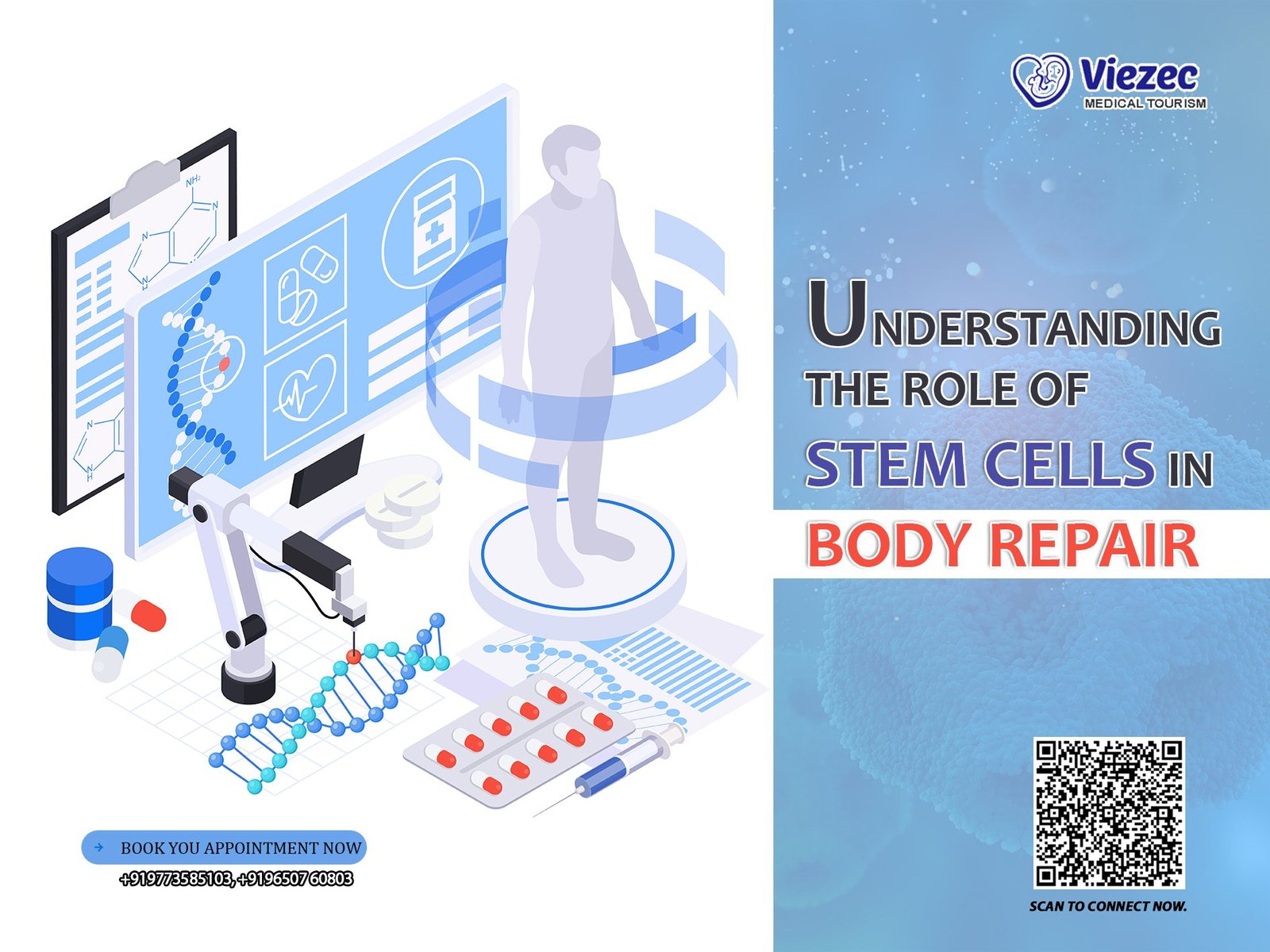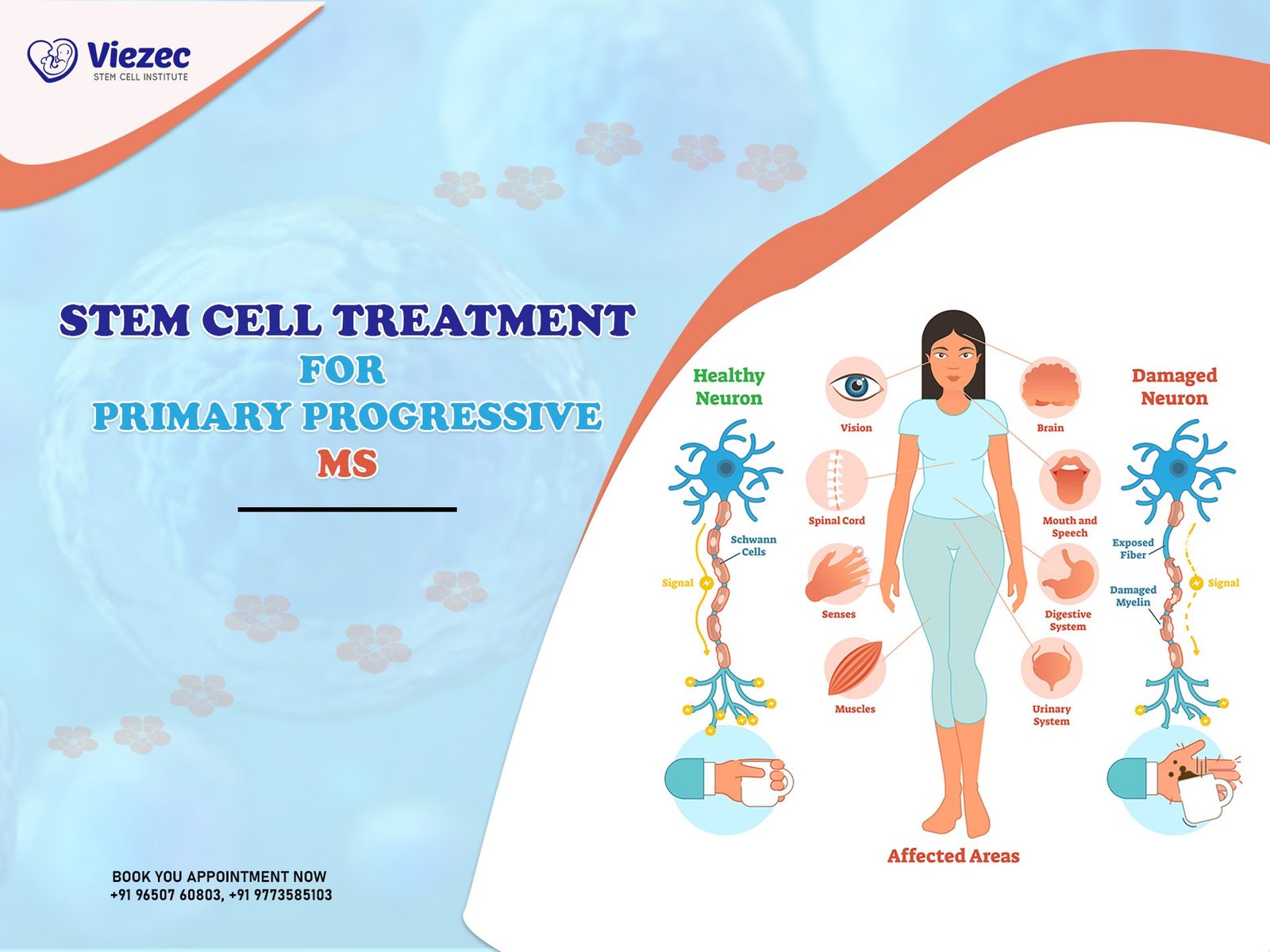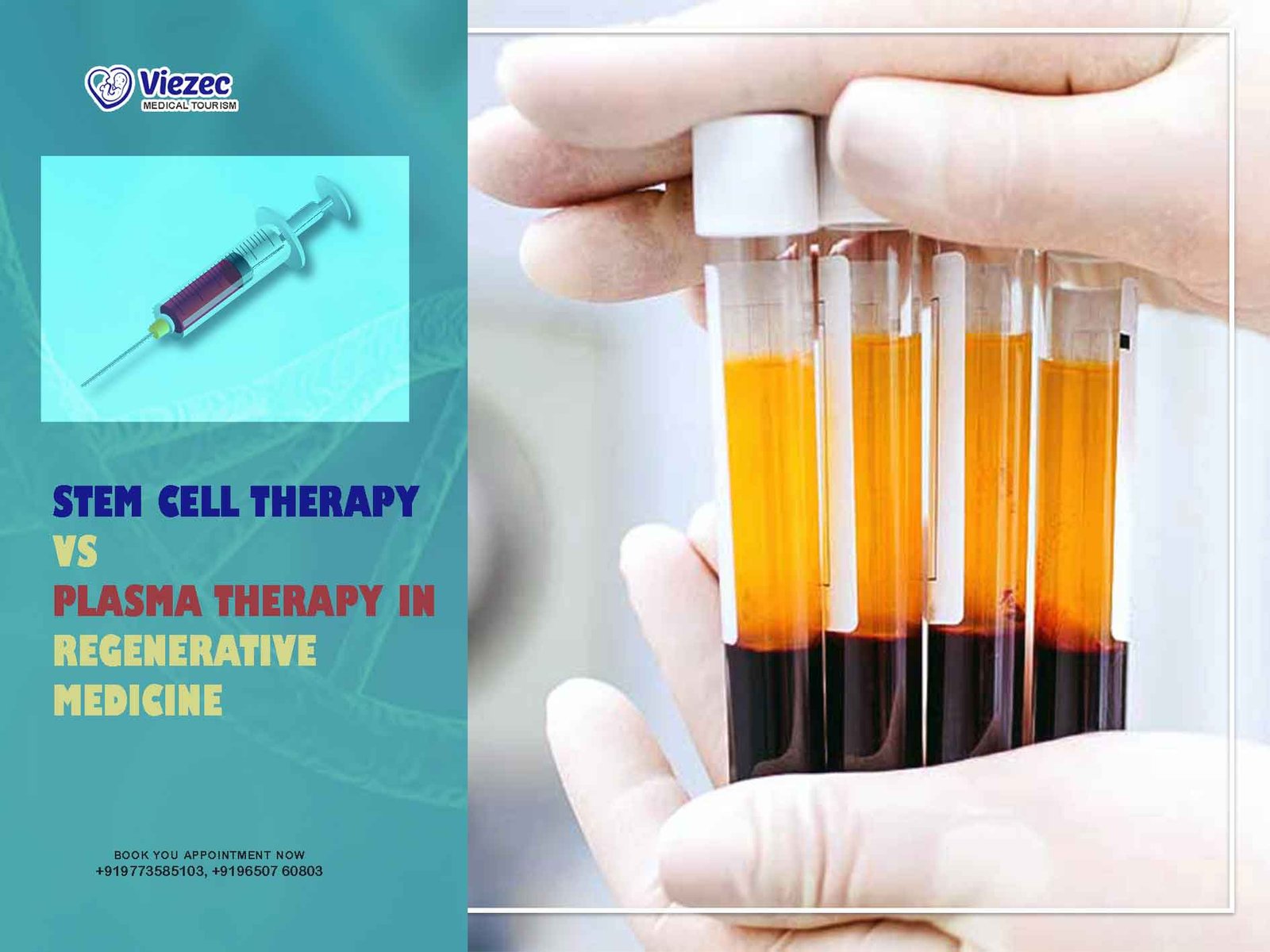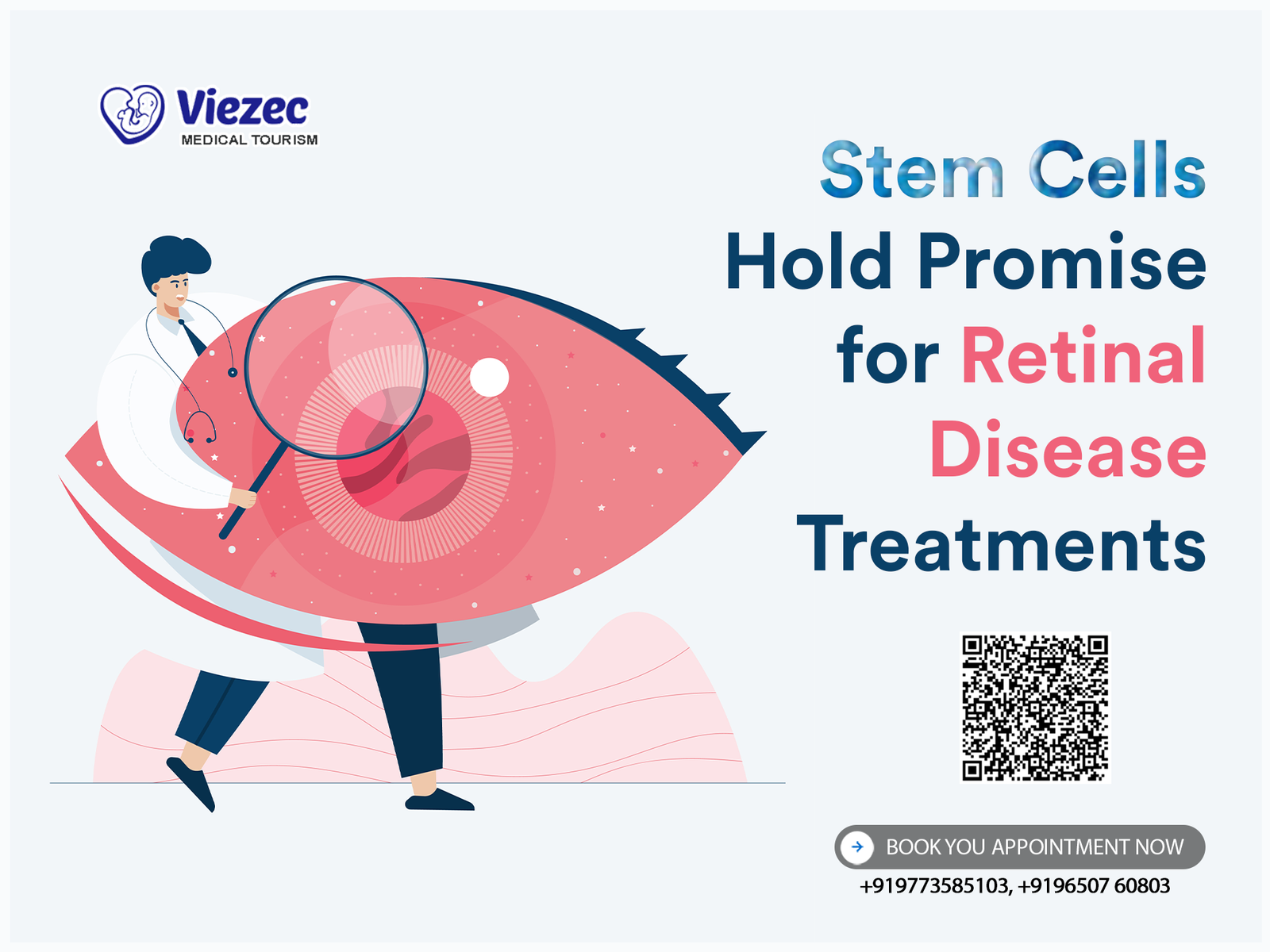Stem cells represent one of the most promising frontiers in medicine. Their unique ability to regenerate tissues and organs has the potential to transform the way we treat a wide range of diseases and injuries. From repairing damaged tissues to offering hope for degenerative diseases, stem cells have emerged as a cornerstone of regenerative medicine. In this article, we explore the role of stem cells in body repair, their types, applications, challenges in therapy, and the exciting future that lies ahead.
What Are Stem Cells?
Defining Stem Cells
Stem cells are undifferentiated cells that have the unique ability to develop into different types of specialized cells. Unlike other cells in the body, which have a defined function (like muscle cells or skin cells), stem cells are unspecialized and can transform into a variety of cell types when needed. This ability makes them vital for repairing damaged tissues and regenerating organs.
Stem cells play a central role in growth, development, and healing, with the power to both regenerate damaged tissues and replace lost cells. They are an essential part of the body’s natural healing process, capable of repairing injury and promoting recovery from disease.
The Unique Characteristics of Stem Cells
Stem cells possess two primary characteristics that set them apart from other cell types:
-
Self-Renewal: Stem cells have the ability to divide and produce identical copies of themselves. This means there’s always a fresh supply of stem cells available to repair tissues and organs when needed.
-
Differentiation: Stem cells can differentiate, or transform, into specialized cells with specific functions. For example, a stem cell can become a muscle cell, a nerve cell, or a blood cell, depending on the body’s needs. This process allows stem cells to repair a wide variety of tissues, such as muscle, skin, or even the brain.
These properties are what make stem cells such a powerful tool for tissue repair and regeneration.
Types of Stem Cells
Embryonic Stem Cells
Embryonic stem cells are pluripotent, meaning they have the ability to differentiate into almost any type of cell in the body. These stem cells are derived from embryos and are often considered the “gold standard” because of their ability to produce virtually every cell type. However, the use of embryonic stem cells is controversial due to the ethical concerns surrounding the destruction of embryos to obtain these cells.
Despite the ethical debates, embryonic stem cells remain one of the most studied areas of stem cell research, offering great promise in regenerative medicine.
Adult Stem Cells
Adult stem cells, also known as somatic stem cells, are multipotent, meaning they can only differentiate into a limited number of cell types. These cells are found in various tissues throughout the body, such as bone marrow, muscle, and skin. Unlike embryonic stem cells, adult stem cells are less versatile, but they are already used in several medical applications, particularly in treatments like bone marrow transplants.
Adult stem cells are advantageous because they are derived from the patient’s own body, reducing the risk of immune rejection. They are also less controversial since they don’t involve the use of embryos.
Induced Pluripotent Stem Cells (iPSCs)
A major breakthrough in stem cell research is the development of induced pluripotent stem cells (iPSCs). iPSCs are adult cells, such as skin or blood cells, that have been genetically reprogrammed to behave like embryonic stem cells. This reprogramming process allows iPSCs to take on the pluripotent properties of embryonic stem cells, making them capable of developing into any cell type.
iPSCs have opened new avenues for personalized medicine and treatment options, providing a way to bypass the ethical concerns associated with embryonic stem cells.
Discover the Power of Stem Cells for Body Repair
Learn how stem cells can help regenerate damaged tissues and improve your health. Explore the science behind this revolutionary treatment.
How Stem Cells Contribute to Tissue Repair
The Process of Differentiation
The process of differentiation is central to the healing power of stem cells. When tissues are damaged, the body sends signals to nearby stem cells, prompting them to differentiate into the type of cell that is needed for repair. This might include muscle cells for muscle injuries, skin cells for cuts or burns, or even nerve cells for damage to the nervous system.
Stem cells follow intricate biological pathways that guide them toward the right cell type. This process is essential in ensuring that the damaged area is properly repaired, and function is restored. The ability to generate specialized cells allows stem cells to address a wide range of injuries and diseases.
Regenerative Capabilities in the Body
Stem cells are integral to the body’s natural repair mechanisms. They have the unique ability to regenerate damaged tissues, replacing cells that have been lost due to injury or disease. This regenerative capacity is vital when it comes to healing bones, skin, muscles, and even more complex organs like the heart and brain.
For instance, in cases of bone fractures, stem cells from bone marrow can differentiate into bone cells, helping to regenerate bone tissue and speed up healing. Similarly, in cases of heart disease, stem cells may help regenerate damaged heart tissue, improving the heart’s ability to pump blood.
Stem cells are particularly important in the context of degenerative diseases, such as osteoarthritis or Alzheimer’s disease. These conditions often involve the progressive loss of cells, and stem cell therapies hold the potential to replace these lost cells and restore function to affected areas.
Medical Applications of Stem Cells
Stem Cells in Treating Injuries and Degenerative Diseases
Stem cells have a wide range of medical applications. They are used to treat both acute injuries and chronic degenerative diseases. Some of the key uses of stem cells in medicine include:
-
Burn Victims: Stem cells are used to regenerate skin and promote healing in burn victims. By using stem cells, doctors can create new skin cells to cover the burned areas, reducing scarring and improving recovery times.
-
Heart Disease: Stem cells are being explored as a way to regenerate damaged heart muscle after a heart attack. By stimulating the growth of new heart cells, stem cell therapies could help improve heart function and prevent further damage.
-
Bone and Cartilage Damage: Stem cells are being used to regenerate bone and cartilage in patients with osteoarthritis or severe fractures. By injecting stem cells into damaged joints, doctors can promote the growth of healthy tissue and improve joint function.
-
Spinal Cord Injuries: One of the most exciting applications of stem cells is in treating spinal cord injuries. Research is ongoing into how stem cells can be used to regenerate nerve tissue and restore movement in patients with spinal cord injuries.
Revolutionize Your Health with Stem Cell Therapy
Unlock the potential of regenerative medicine. Stem cells can repair and rejuvenate your body, giving you a fresh start.
Stem Cell Therapies in Modern Medicine
Stem cell therapies have already found success in clinical settings. Bone marrow transplants, for instance, have been used for decades to treat blood cancers such as leukemia and lymphoma. In these procedures, stem cells are transplanted to restore healthy blood cell production in patients who have undergone chemotherapy or radiation.
In recent years, stem cell injections have been used to treat joint pain and arthritis, providing relief by promoting the growth of new cartilage. These therapies are moving from experimental to mainstream use, with more applications being explored across a range of diseases and injuries.
From Clinical Trials to Real-World Treatments
While many stem cell therapies are still in clinical trials, others have already made their way into real-world treatments. For example, stem cell treatments for heart disease and neurodegenerative diseases like Parkinson’s are showing promising results. Clinical trials are exploring how stem cells can be used to treat conditions such as spinal cord injuries, Alzheimer’s disease, and even diabetes.
As research continues, the hope is that more stem cell therapies will become routine treatments for a wide range of conditions, offering patients hope for better recovery and improved quality of life.
The Challenges of Stem Cell Therapy
Scientific and Technical Hurdles
Despite the potential of stem cells, there are several scientific and technical challenges that must be addressed. One of the most pressing issues is ensuring that stem cells differentiate into the correct cell types and do not form tumors. Additionally, maintaining the health and viability of stem cells outside the body and ensuring they survive when transplanted into patients remains a complex task.
Another challenge is scaling up stem cell therapies. While stem cell treatments may be effective on a small scale or in clinical trials, making these therapies widely accessible to the general population requires overcoming challenges related to production, cost, and safety.
Overcoming Stem Cell Rejection
Stem cell rejection is a significant concern, especially when stem cells are derived from sources other than the patient’s own body. The immune system may recognize the transplanted stem cells as foreign and mount an attack against them. Researchers are exploring methods to reduce the risk of rejection, such as using stem cells from the patient’s own body (autologous stem cells) or developing stem cell lines that can be used universally.
Ethical Considerations in Stem Cell Research
The use of embryonic stem cells has raised ethical questions due to the process of extracting these cells from human embryos. The destruction of embryos in the process has sparked debates about the moral implications of using these cells for research. However, alternatives like iPSCs, which do not involve embryos, have provided a way to circumvent some of these ethical issues, while still offering the regenerative benefits of stem cells.
Start Your Journey with Stem Cell Therapy Today
Explore how stem cell therapy can be the key to long-term healing. Schedule a consultation and begin your treatment plan.
The Future of Stem Cell Research
Advancements in Stem Cell Technology
The future of stem cell therapy looks bright, with ongoing advancements in technology and technique. For instance, CRISPR gene editing is revolutionizing stem cell research by allowing scientists to make precise changes to a stem cell’s DNA. This technology could be used to correct genetic disorders before stem cells are transplanted into patients, offering a solution to conditions that are otherwise difficult to treat.
Additionally, innovations in stem cell culture techniques are making it easier to grow large quantities of stem cells for use in therapies. These advancements are making stem cell treatments more accessible and increasing their potential to treat a wider range of diseases.
The Potential for Personalized Medicine
Stem cells are paving the way for personalized medicine, where treatments are tailored to an individual’s specific genetic makeup. By using a patient’s own stem cells, doctors can create customized therapies that reduce the risk of immune rejection and increase the chances of successful treatment. Personalized stem cell therapies could be used to treat a wide variety of conditions, from cancer to heart disease, making treatments more effective and less invasive.
Stem Cells as a Foundation for Future Treatments
Stem cells have the potential to become the foundation of modern medicine. As research continues to progress, stem cells could be used not only to treat existing conditions but also to prevent disease and promote overall health. With their ability to regenerate tissues, repair organs, and even reverse some degenerative conditions, stem cells represent a bright future for regenerative medicine.









